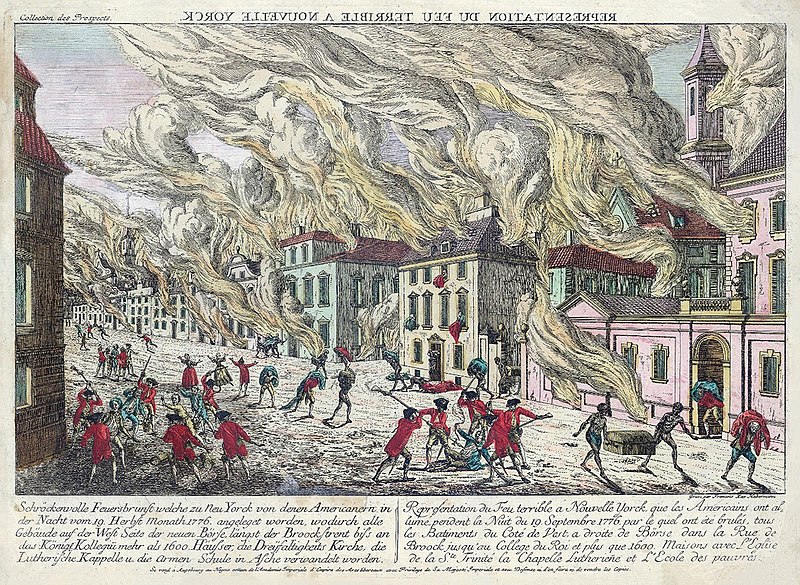Authors:
Historic Era: Era 3: Revolution and the New Nation (1754-1820s)
Historic Theme:
Subject:
September/October 2021 | Volume 66, Issue 6


Authors:
Historic Era: Era 3: Revolution and the New Nation (1754-1820s)
Historic Theme:
Subject:
September/October 2021 | Volume 66, Issue 6
Editor's note: Karin Abarbanel is the author of several nonfiction books. She grew up in Washington Heights just a few blocks from the Morris-Jumel Mansion. Now living in New Jersey, she enjoys visiting her old neighborhood and explores its colorful bygone history. She is currently completing her debut novel, a children's fantasy.

As we endure 9/11’s mournful 20th anniversary, many of us living in or near New York City in 2001 can still recall feeling compelled to seek solace in places both strange and familiar. Soon after the twin towers fell, I found myself drawn to a quiet corner of Manhattan some 11 miles to the north--about as far away from Ground Zero as you can get and still be on the island. There, nestled in a peaceful garden, stands the oldest house in Manhattan and one of its best-kept secrets: the Morris-Jumel Mansion.
A tiny acorn in New York’s vast forest of museums, this elegant, Palladian-style gem sits in hushed, aging splendor between 160th and 162nd streets in Washington Heights. Built in 1765 by a wealthy Tory who called his villa and estate, "Mount Morris," the museum is a 20-minute subway ride from midtown, but seems worlds away, a quaint echo of the city’s restless heart.
I hadn’t visited the museum's well-worn halls since I was a schoolkid at nearby P.S. 128, but rediscovered it a few weeks before September 11. After the attack, I found myself compelled to return. Ironically, it wasn’t just the mansion’s peacefulness that attracted me, but also its stormy past. Not the past of its most notorious resident, Aaron Burr, in whose bedroom Lin-Manuel Miranda wrote part of his musical, "Hamilton." Nor the flashy fifty years of its longest occupant, Eliza Jumel, reputedly once the richest woman in America. No, it was an uninvited guest who drew me uptown.
“Yes, George Washington did sleep here,” proudly proclaimed the museum’s canvas tote bag. And it's true: Washington commandeered the Tory mansion for five weeks in September and October of 1776 as the British invaded New York, even then the commercial hub of America. During his stay uptown Washington won his first victory. But he also endured crushing defeats--some of the lowest points in his command.
September of 2001 wasn’t the first time New York was brutally assaulted. In September of 1776, an eerily similar set of events occurred: surprise enemy attacks, acts of extraordinary courage by ordinary citizens, and a devastating fire (likely set by patriots to impede the British), which raged across Lower Manhattan for days and reduced one-third of the city to ashes.
Washington’s choice of the Morris mansion as his headquarters was no accident: It stands on one of highest points in Manhattan–so high, in fact, that Washington watched New York City